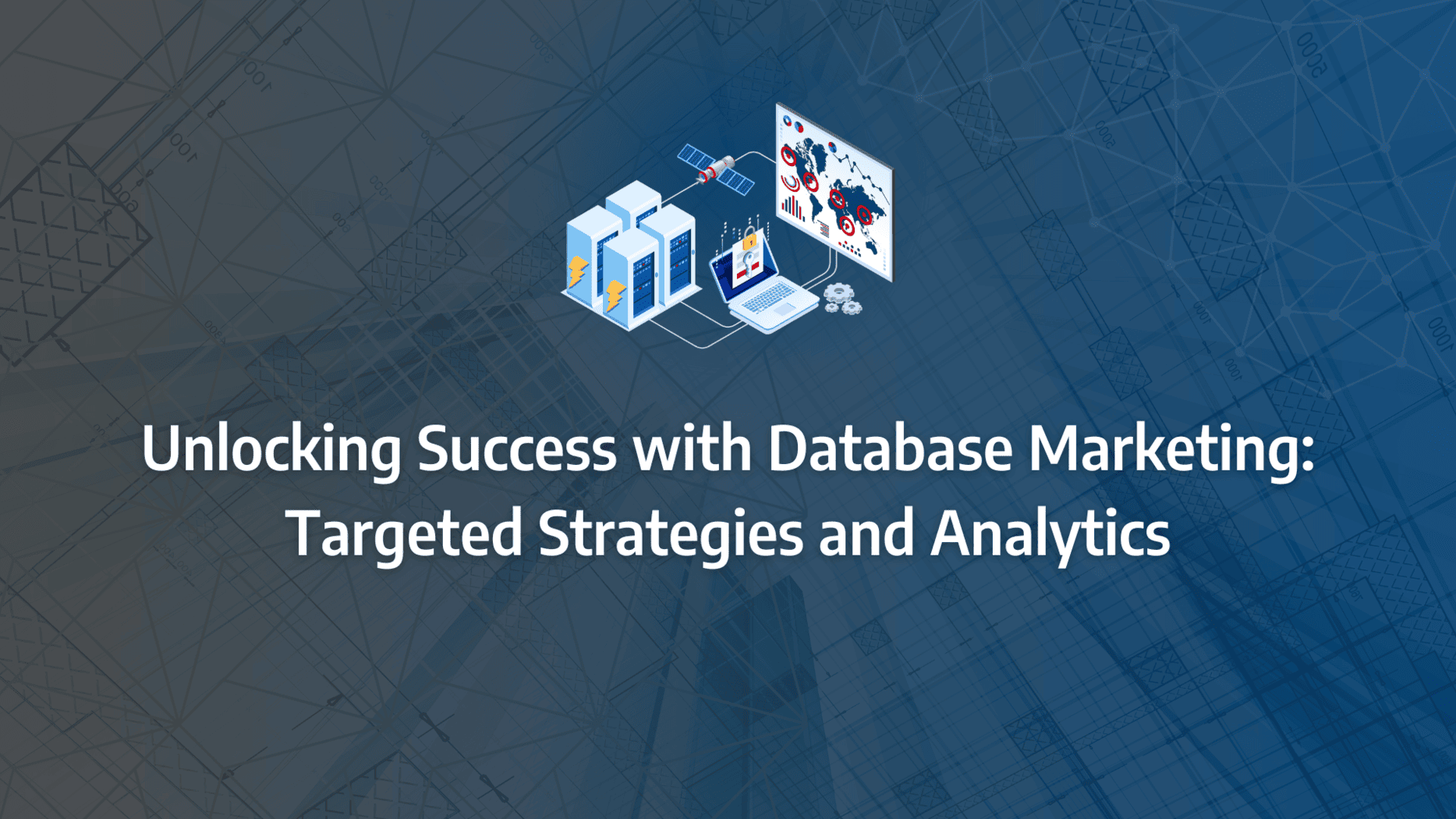The ability to effectively harness and utilise customer data can make or break a business. Database marketing, a powerful tool that leverages this data, is not just a buzzword but a proven strategy to achieve targeted, personalised marketing that drives results. However, many organisations still struggle to unlock its full potential, often missing out on the competitive edge it provides.
If you’re looking to enhance your marketing efforts and tap into the power of data, you’re in the right place. In this comprehensive guide, we’ll explore actionable strategies, advanced techniques, and the latest technologies in database marketing that can transform how you connect with your audience. By the end of this post, you’ll have the insights needed to optimise your marketing campaigns, boost customer engagement, and ultimately, drive higher ROI.
- Harness the Power of Data: Database marketing allows businesses to utilise customer data effectively, creating more targeted and personalised marketing campaigns that drive engagement and conversions.
- Strategic Implementation: Implementing database marketing strategies requires a thorough understanding of your audience, ensuring that your marketing efforts are directed towards the right segments for maximum impact.
- Utilise Advanced Technology: Leverage the latest database marketing technologies to streamline your data processes, enabling more accurate customer insights and efficient campaign execution.
- Analytics for Continuous Improvement: Regularly analyse your database marketing efforts to identify areas of improvement, ensuring that your strategies evolve with changing customer behaviours and market trends.
- Boost ROI with Personalisation: Personalised marketing, driven by robust database strategies, significantly enhances customer experience and can lead to higher ROI by meeting customer needs more precisely.
How Does Database Marketing Work?
Database marketing, an advanced form of direct marketing, significantly enhances customer engagement and loyalty programmes for businesses. One of the primary reasons marketers employ database marketing is its capability to personalise the shopping experience for customers. Additionally, it optimises marketing efficiency, making it a pivotal strategy for modern businesses.
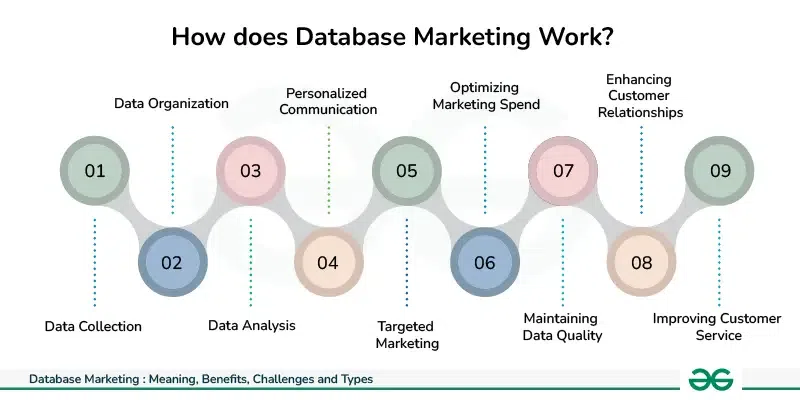
Types of Database Marketing
Consumer Database Marketing: Consumer database marketing focuses on targeting individuals using specific information such as their first and last name, email address, gender, phone number, and location data. This approach is integral to B2C or D2C marketing strategies. Companies leverage consumer database marketing to expand their consumer base through varied strategies. For instance, consumer database marketing techniques include personalised email campaigns and loyalty programmes.
Business Database Marketing: On the other hand, business database marketing is utilised by companies that sell to other businesses, commonly known as B2B marketing. This form of database marketing is characterised by a more focused database, targeting companies considered as valued accounts. Examples of business database marketing strategies include hosting webinar events, offering free trials of software, and distributing whitepapers.
Identifying Effective Customers for Database Marketing
Similar to other direct marketing forms, database marketing is most effective with customers who have opted into mailing lists. For example, an online shopper who ticks the box for receiving information on future promotions has already shown interest in the company’s products. This makes them more likely to be interested in new products and sales.
Careful database marketing analytics can also identify other customer lists based on various activities, predicting which groups are likely to respond to specific marketing messages. The essence of database marketing is to direct marketing communications towards the most receptive audiences. For instance, one campaign might target buyers of mobile devices and gadgets, while another might focus on couples in the “empty nest” phase. A third campaign could be aimed at singles who are politically active. Proper maintenance of data and providing opt-out options ensure that communications reach only those interested, minimising disinterest.
What Matters Most?
From our experience, database marketing isn’t just about collecting and storing data—it’s about leveraging it to build long-term relationships. Clients often discover that focusing on personalisation at scale, driven by customer data, typically strengthens these relationships and drives better results over time. Ethical data practices, especially transparency, are critical. Clients need to trust that their data is handled responsibly, which often leads to deeper engagement and loyalty.Get In Touch
How do companies effectively manage and integrate their customer data?
Developing a successful database marketing campaign begins with one fundamental element: data. The effectiveness of the campaign hinges on the quality and quantity of this data. In this section, we’ll explore the sources of data, how it’s managed, and the processes involved in transforming raw data into actionable marketing insights using advanced database marketing technology.
Sources of Data
Businesses collect data from numerous sources during typical transactions. For instance, finance and insurance companies routinely gather names, addresses, and other details necessary for sales, which can easily be retained in a database. Online retailers capture similar information along with purchase histories, while offline retailers utilise club-card systems to achieve the same goal. Additionally, customer service departments record all customer communications, and marketing and sales teams generate further customer records.
While transaction data on existing customers is valuable, data on prospective customers is often acquired from third parties. Different countries have regulations governing what information can be sold, typically restricting it to names, addresses, phone numbers, and basic demographics. Businesses may sell this information unless privacy agreements prohibit them. Occasionally, transaction histories may also be sold. For example, when Borders bookstores closed, they sold their customer records to Barnes and Noble, who then marketed directly to Borders’ former customers.
Data Management and Integration
Larger companies often manage their collected data through a data warehouse. This system consolidates diverse data sets from various departments and external sources into one comprehensive database, often spanning several terabytes. The data warehouse then distributes this information into smaller, functional databases. The use of a data warehouse enables a business to process vast amounts of data efficiently, increasing opportunities to identify customer groups likely to respond to targeted messages.
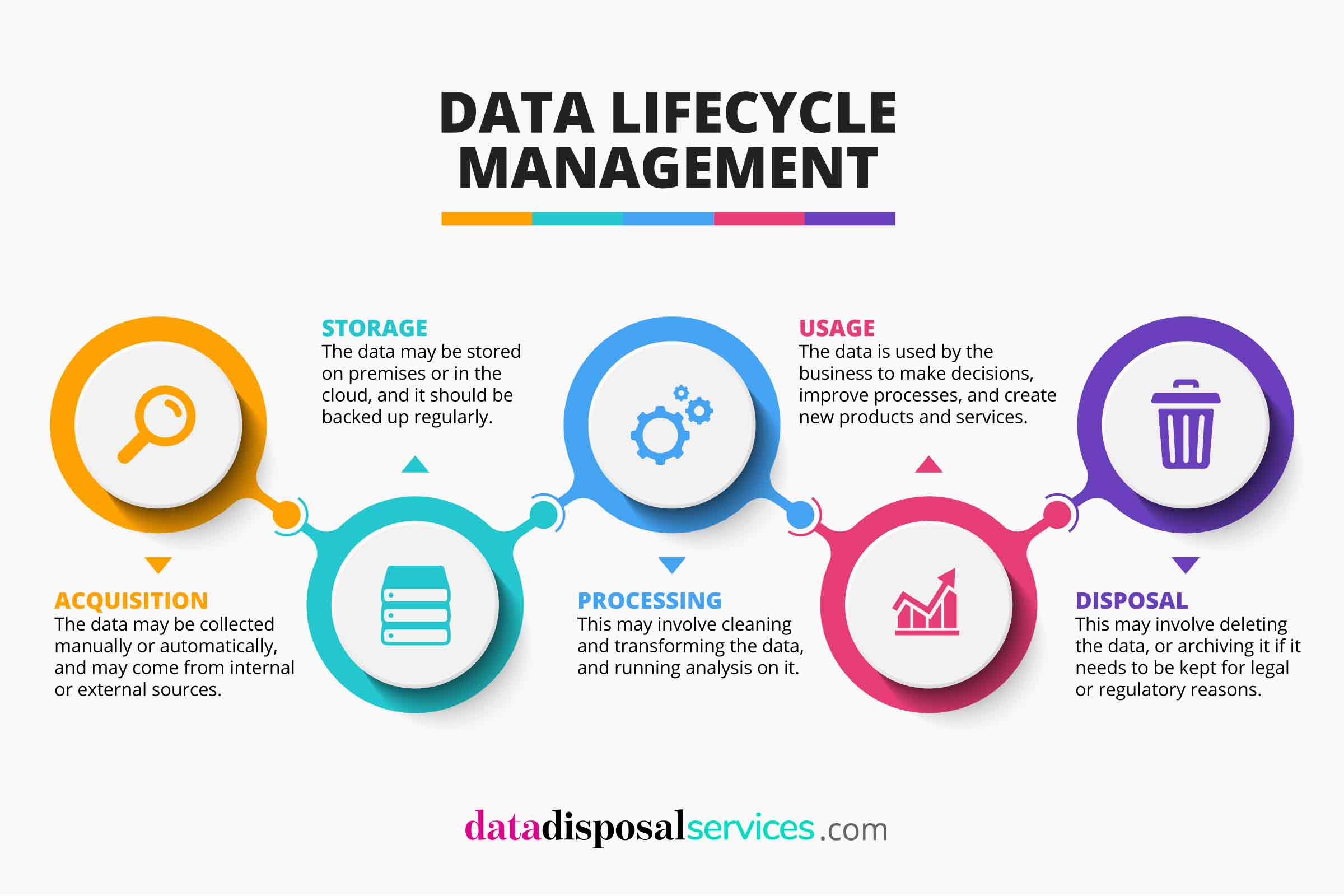
Data Analysis and Segmentation
Once the data is collected and organised, the core work of database marketing begins. Database analysts use various database marketing techniques to filter and mine the data for actionable insights. They segment customers based on demographic and behavioural factors. Techniques such as RFM analysis—segmentation by recency, frequency, and monetary value of purchases—are commonly employed. Statistical models like logistic regression may also be used to predict future behaviour and generate customer lists.
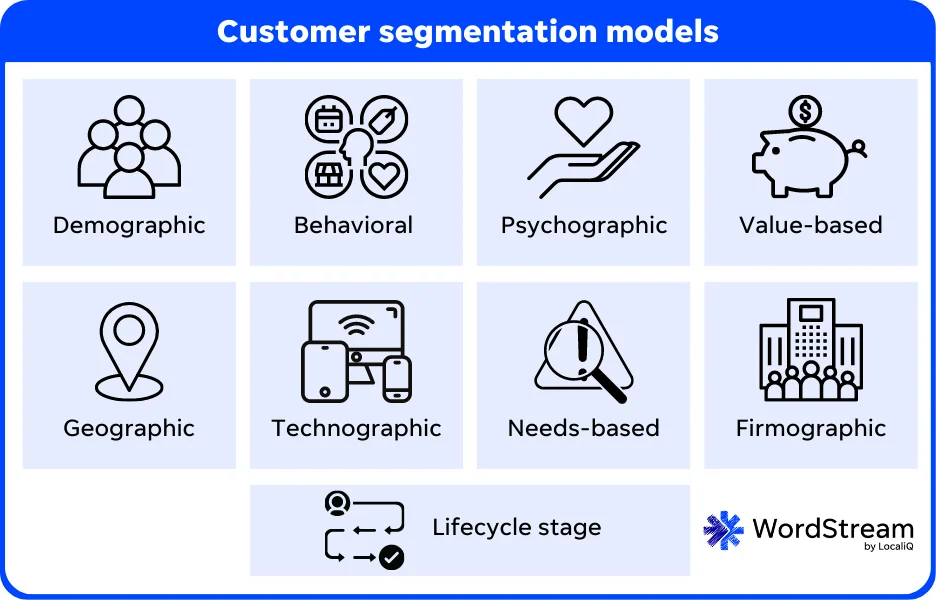
Real-Time Business Intelligence and CRM
Database information is not only used for direct marketing but also for real-time business intelligence. Systems equipped with real-time business intelligence can access customer information during interactions, allowing for personalised communication. Additionally, databases are crucial for Customer Relationship Management (CRM) systems, which use this data to offer tailored product and service recommendations.
Factors Affecting Database Marketing Success
The effectiveness of a database marketing campaign depends on several factors, including the currency of the data, the sophistication of the analytics, and the integration of database marketing technology within the business’s software network. Companies like Google and Apple excel at leveraging their databases for real-time intelligence and personalisation, demonstrating the potential of well-managed database systems.
Source: InvespCRO
What are the key benefits of implementing database marketing in my business?
Database marketing offers numerous advantages for businesses aiming to enhance their customer engagement and marketing efficiency. According to a 2020 HubSpot report, 68% of businesses utilise automation, significantly leveraging database marketing technology. In this section, we will explore the various benefits of database marketing, showcasing how it can be a game-changer in lead generation and overall marketing strategy.
- Identifying Customer Groups: One of the key benefits of database marketing is the ability to identify and segment customer groups. By categorising customers—from your most loyal, high-value patrons to first-time buyers and occasional purchasers—you can organise your customer database more effectively. This segmentation is crucial for tailoring your marketing efforts to specific audiences.
- Creating Detailed Customer Segments: Database marketing strategies allow businesses to create detailed customer segments based on demographics, behaviours, or personal interests. For instance, you can design segments for giveaways, contests, and discounts tailored to specific demographics or behaviours. The more creative and engaging your segmentation, the more customers you will attract to your database.
- Designing Personalised Messages: With database marketing techniques, you can craft highly personalised messages for both current and prospective customers. Personalised messages for existing customers can significantly boost brand loyalty, while welcoming messages for new customers can enhance engagement and create a positive first impression.
- Determining Optimal Channels and Timing: An organised customer database enables marketers to determine the best channels and times to engage with customers. Understanding which types of content are best suited for specific platforms can increase customer awareness and engagement, attracting new users and retaining existing ones.
- Enhancing Marketing Efficiency: Database marketing analytics plays a crucial role in improving marketing efficiency. By focusing on numbers, businesses can ensure that their campaigns reach the right audience, saving time and resources. This targeted approach ensures that marketing efforts are not wasted on unresponsive audiences, maximising return on investment.
- Building Effective Loyalty Programmes: Effective loyalty programmes are another significant benefit of database marketing. Many businesses struggle with loyalty programmes that do not deliver. However, by offering the right incentives, you can create programmes that genuinely reward repeat purchases, fostering customer loyalty and encouraging repeated interactions with your brand.
- Improving Customer Service: Finally, database marketing technology enhances customer service by providing support staff with a comprehensive view of customer interactions. With a 360° perspective on customer behaviour and preferences, support teams can offer more personalised and effective assistance, improving overall customer satisfaction and loyalty.
Database Marketing Strategies
Building an effective marketing database is crucial for successful database marketing. Follow these steps to create a robust system that enhances your marketing efforts and drives engagement.
Develop Thought Leadership Articles
One effective way to engage target audiences and enhance your marketing database is by developing thought leadership articles. These articles establish your brand as an authority in your field, keeping your customers engaged and attracting new ones. Consistently publishing high-quality content is the first step towards staying relevant in a competitive market.
Offer Free Trials
Offering free trials of your software or services is an excellent strategy to attract potential customers. Free trials allow users to experience your product’s value first-hand, subtly promoting your offerings and encouraging them to convert into paying customers.
Create Free Tools for Users
In addition to free trials, creating free tools can significantly boost your database marketing efforts. Useful tools attract customers and provide valuable features at no cost. This strategy not only engages users but also enhances your brand’s value proposition.
Collect Customer Information During Checkout
The checkout process is a prime opportunity to collect valuable customer information. By asking customers to join a rewards programme or provide their contact details, you can efficiently gather data that enhances your database marketing. This tactic ensures that you capture essential information right at the point of sale.
Acquire a Business Contact Database
To expand your reach, consider acquiring a business contact database of your ideal prospects from a reputable data provider. This strategy gives you access to a curated list of potential customers, increasing your chances of successful marketing campaigns and business growth.
Collect Website Visitor Data via Online Cookies
Utilising online cookies to collect website visitor data is a common and effective practice. When users accept cookies, you gain insights into their browsing behaviour, which can be used to refine your database marketing strategies and improve engagement.
Create a Facebook Chatbot
Implementing a Facebook Chatbot on your business page can significantly enhance user interaction. A chatbot provides 24/7 support, engages potential customers, and improves overall customer service. This tool not only boosts engagement but also helps in collecting data that can be integrated into your database marketing system.
What essential steps are needed to create a robust database marketing system?
Developing an effective database marketing strategy is essential for engaging your audience and enhancing marketing efforts. By leveraging precise database marketing techniques and advanced database marketing technology, you can create a robust system that drives results. Here’s how to get started.
1. Identify Your Target Audience
The first step in creating your database marketing strategy is to identify your target audience. Consider key demographics such as age, income level, job title, location, interests, and purchasing behaviours. Build a detailed ideal customer profile for your product or service. This profile will guide you in determining the type of information to include in your database, ensuring your marketing efforts are accurately targeted.
2. Collaborate with Other Teams
Effective database marketing strategies require collaboration across various teams within your organisation. Marketing, sales, and support teams all interact with customers and prospects, providing valuable insights. Determine the specific information each team needs to operate effectively and ensure this data is integrated into your marketing database.
3. Find the Right Software
Selecting the appropriate database marketing technology is crucial. Customer data is only useful if it is accessible and well-organised. Choose a tool that allows your team to view different types of information, categorise customer data, and align it with your various product or service categories. This ensures that your database marketing efforts are streamlined and efficient.
4. Gather Customer Data
To build a comprehensive customer database, gather data from both internal and external sources. Key data points include:
-
- Acquisition Data: Identify the channels or sources through which new customers are acquired, and link them to specific marketing campaigns.
- Demographic Data: Collect information on age, gender, marital status, education level, and location.
- Technographic Data: Track the devices customers use to interact with your brand, whether desktop or mobile, and the operating systems they prefer, such as Android or iOS.
- Psychographic Data: Understand customers’ personal perspectives, values, interests, and motivations.
- Activity Data: Monitor how customers interact with your website, social media pages, and mobile app.
- Transaction Data: Record purchase frequency, spending habits, and commonly purchased items.
- Correspondence Data: Log customer support tickets, social media interactions, and survey responses.
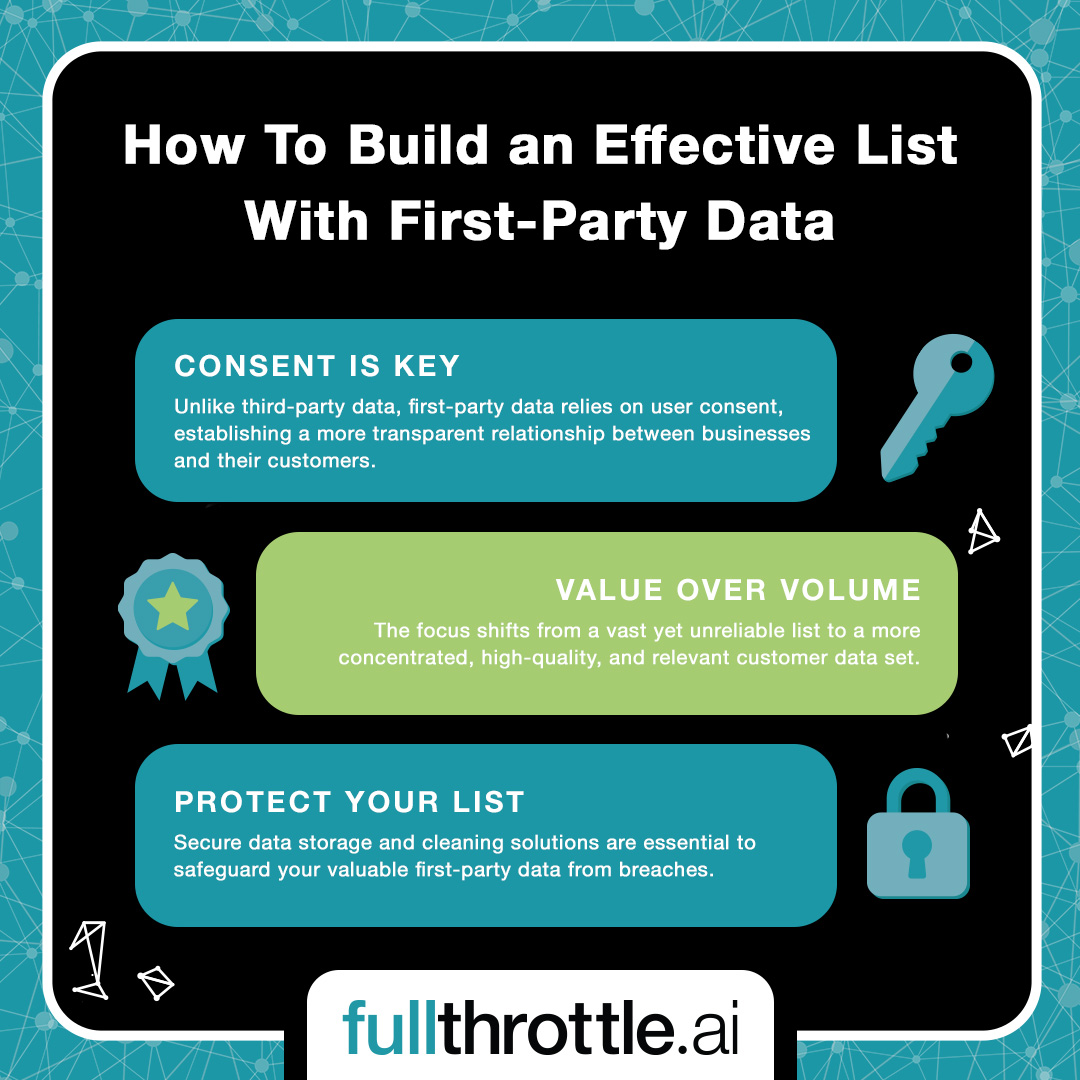
Source: Hubspot
5. Keep Data Up-to-Date and Backed Up
Maintaining an up-to-date and secure customer database is vital. The process of building a database requires significant time and effort, making it essential to protect your investment. Utilise CRM software to automatically update profiles as customers provide new information. Implement online tools that prevent data decay by continuously integrating activity data. Regular backups safeguard your data against technical failures and ensure continuity.
Our Tactical Recommendations
We’ve found that database management requires constant attention to ensure optimal performance. Clients often discover that regularly cleaning and segmenting their database prevents issues like message fatigue and improves campaign effectiveness. Behavioural data typically offers significant opportunities to deliver highly personalised and timely messages, driving engagement. Additionally, frequent database audits can prevent costly mistakes in targeting and reporting, ensuring that your data remains accurate and actionable.Get In Touch
Understanding the Pros and Cons of Database Marketing
Pros
Targeted Marketing Communications
With an accurate, clean, and centralised record of each customer—formed by a Single Customer View marketing database—marketers can create precise customer segments using both offline and online data. This segmentation can be based on basic demographics such as age, gender, geographic location, and purchase history. Additionally, you can cluster groups of customers using RFV analysis, scoring, and behaviours from online interactions across your website, email, and social media channels. Effective database marketing strategies ensure that your communications are relevant and targeted.
Improved Marketing Efficiency
Segmenting customers is crucial not only for ensuring that the right person receives the most appropriate message but also for cost efficiency. A finely targeted marketing approach is far more efficient than a ‘one message fits all’ strategy. By focusing your efforts, you reduce waste in terms of emails and mailshots, ensuring that communications are not sent to those unlikely to respond.
Enhanced Relationships and Customer Loyalty
Analysing your marketing database will help you identify your most loyal and profitable customers. This enables you to provide personalised treatment that demonstrates your appreciation. For instance, you can shape loyalty programmes that reward customer behaviour, fostering deeper relationships and encouraging first-time buyers to become repeat customers.
Personalised Customer Experience
Customers value and engage more with brands that offer a personal shopping journey. In the UK, research by Gartner shows that only 12% of customers are opposed to personalisation, while a study by Epsilon & GBH Insights reveals that 80% of US adults want personalisation from retailers. These figures highlight the need for businesses to deliver personalised communications.
Improved Customer Service
Database marketing helps you understand your customers’ needs and respond with engagements that meet these needs. A customer-centric approach leads to better service, prioritising customer preferences over generic marketing messages. Moreover, as your customer database collects and stores data on buying behaviour, post-purchase feedback, and product reviews, marketers can adjust future messaging to better suit customer expectations.
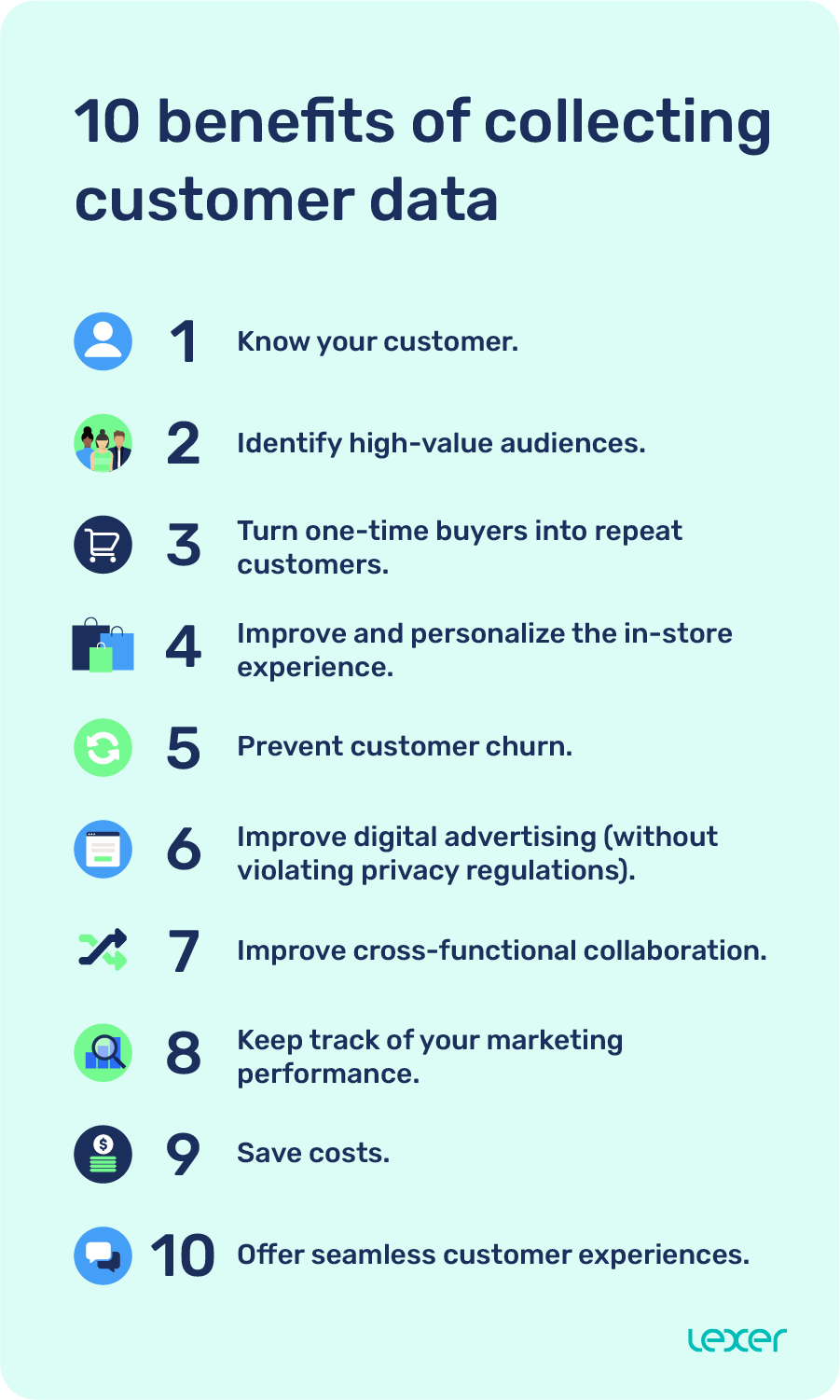
Cons
High Initial Setup Costs
The cost of setting up a database marketing system depends on your market and the scale of your operations. If you are new to database marketing or have outgrown basic lists on spreadsheets or email tools, you will need to invest in database marketing technology. This investment can be significant but is necessary for long-term benefits.
Need for Skills and Resources
Creating and managing database marketing campaigns requires specific skills and resources. While collecting, accessing, and segmenting customer data is one aspect, data analysis is a specialised skill. Additionally, you need creative resources to design compelling campaign materials and an email service that allows you to build engaging message templates.
Quality of Data
Data quality is critical for effective database marketing. If your customer and prospect data is duplicated, inaccurate, outdated, or ‘dirty’, it will skew your analytics and segmentation efforts. Poor data quality means that your messages may not reach the intended recipients, leading to wasted marketing efforts and potentially damaging customer experiences.
Data Segmentation
Effective segmentation is essential. If you do not segment your customer database, you risk employing a ‘pay and spray’ approach—sending the same message to everyone in your database and hoping for the best. Proper segmentation ensures that your communications are relevant and targeted.
Compliance with Data Protection Laws
Data protection laws, such as the General Data Protection Regulation (GDPR) enforced from May 25, 2018, in the EU and UK, require businesses to handle personal data with care. These laws have stringent requirements and significant fines for non-compliance. Companies must ensure they have the proper consent to send communications and clear marketing preferences for both new and existing customers.
